5 Types of Hummingbirds in Iowa (With Pictures)
Last Updated on
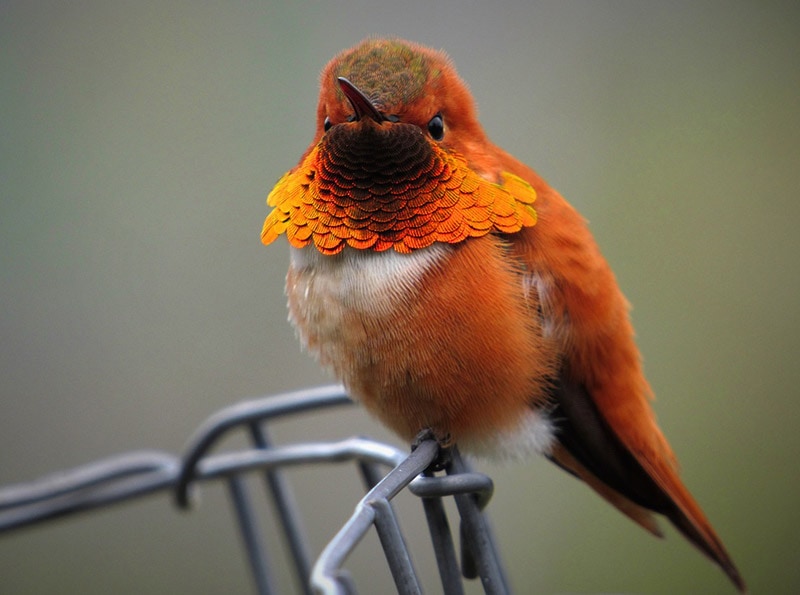
Hummingbirds are colorful, vocal birds flying all across the US. They’re pretty active, so you will mostly find them chasing prey, moving here and there, and scaring away intruders. Hummingbirds also show impressive acrobatics at feeders.
There are approximately 27 hummingbird species in different parts of the US, with five commonly spotted in Iowa. Some of these can be visitors, while others can be natives. But you’ll likely see all of them throughout the year. The Ruby-throated Hummingbird is the most common in Iowa, but they’re not the only species to visit your backyard.
Whether you’re visiting Iowa or want to attract hummingbirds to your yard, you must know how to identify different species. This guide will help you learn five common types of hummingbirds in Iowa along with some helpful tips to invite them to your backyard.
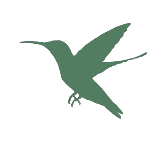
The 5 Types of Hummingbirds in Iowa
1. Ruby-throated Hummingbird (Archilochus colubris)
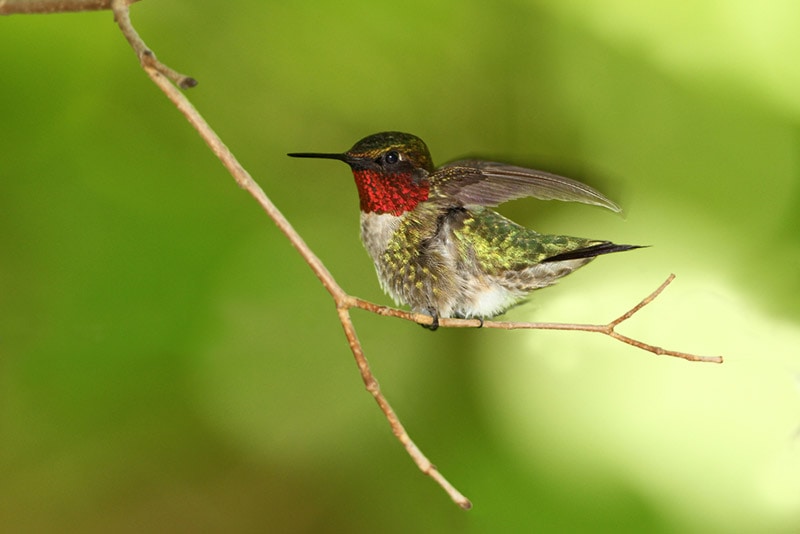
| Scientific Name: | Archilochus colubris |
| Size: | 2.8 to 3.5 inches |
| Weight: | 0.1 to 0.2 ounces |
| Wingspan: | 3.1 to 4.3 inches |
Ruby-throated Hummingbirds are the only breeding species in North America. They are non-migratory and prefer nesting in the state throughout the year. However, they may fly to Central America to winter there in the fall. They don’t stop for a single minute during their flight across the Gulf of Mexico.
The beautiful ruby-colored throats of these hummingbirds make them stand out from other species. Sometimes, the throat feathers of these birds appear dark red, but that’s just because of the bad lighting. If you suspect a Ruby-throated Hummingbird, try seeing it in good light and the vibrant red color will be visible.
The backs of these birds are golden-green or emerald, and the undersides are grayish-white. The beaks are dark, primarily black. To spot Ruby-throated Hummingbirds, take a walk to your nearest garden, park, meadow, or forest in Iowa. But make sure to do it from May to October, as this is the best time to spot them.
The good thing is that Red-Throated Hummingbirds like to visit feeders. They also prefer feeding on tubular flowers. Not only that, but these birds can hover up and fly sideways and backward to pull insects from the air or even their webs.
2. Rufous Hummingbird (Selasphorus rufus)
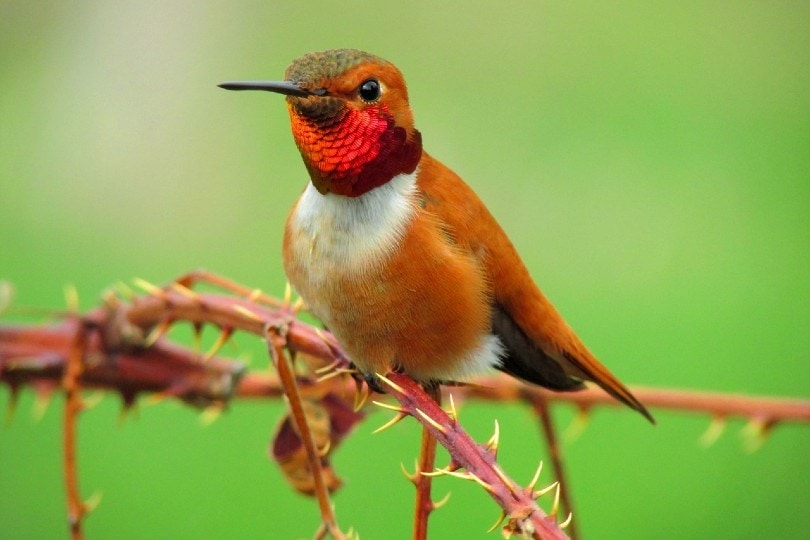
| Scientific Name: | Selasphorus rufus |
| Size: | 2.8 to 3.5 inches |
| Weight: | 0.1 to 0.2 ounces |
| Wingspan: | 4.3 inches |
“Rufous” refers to “reddish,” which is the color of this hummingbird species. Under sunlight, the Rufous Hummingbird’s red back and throat shine like burning coal. Female hummingbirds have hints of green on their flanks and tails with a bit of orange on their throats.
Rufous Hummingbirds aggressively defend their territory, even if they’re just visiting an area or migrating there. These hummingbirds chase their predators whenever they come near their territory. You may also see Rufous Hummingbirds chasing bigger birds and even humans who try to intrude on their nests.
When in Iowa, visit your nearest forest, backyard, or park to spot these hummingbirds. They will feed on tubular flowers and feeders and may even catch insects from spider webs and air. You will also find them visiting your backyard from June to September.
Rufous Hummingbirds leave for the west coast in spring, where they stay during April and July. So, plan your schedule accordingly.
3. Broad-billed Hummingbird (Cynanthus latirostris)

| Scientific Name: | Cynanthus latirostris |
| Size: | 3.5 inches |
| Weight: | 0.1 ounces |
| Wingspan: | 4.3 inches |
The Broad-billed Hummingbirds are widespread in the Southern US and Mexico. They are natives of Mexico but migrate throughout the north during their breeding season. There are a total of five subspecies of Broad-Billed Hummingbirds, but just the magicus is found in the US.
You can identify a Broad-billed Hummingbird by its long, straight red bill with a black tip. Their tails have a center notch. These are two distinctive features of this species. They are bright green with blue throats.
In Iowa, Broad-billed Hummingbirds are rare and visit only in the summers. They love to feed on feeders, flowers, and insects but prefer to build their nests in the mountains. After raising their offspring, these hummingbirds fly to higher elevations for forage.
Therefore, plan your schedule to witness these hummingbirds at the right time. Remember, they are rare, so you can’t miss any chance.
4. Mexican Violetear Hummingbird (Colibri thalassinus)

| Scientific Name: | Colibri thalassinus |
| Size: | 5.25 inches |
| Weight: | 0.21 ounces |
| Wingspan: | 4.25 inches |
Mexican Violetear Hummingbirds are famous as “Green Violet-Eared Hummingbirds.” These are large birds with a size of more than five inches. They are abundant in the Southern US, Mexico, and Central America. You may also find them in Canada, the Midwest, and Atlantic Coast. No wonder these hummingbirds are free-will wanderers!
Unfortunately, Mexican Violetear Hummingbirds are rare in Iowa, but you can never know when it’s your lucky day. Just keep looking for bright green birds with violet streaks in roadsides and pine forests during the summer.
This hummingbird species prefers staying hidden from humans, especially when eating. So, if you have installed bird feeders out in the open, you’ll likely fail to attract Mexican Violetear Hummingbirds.
5. Anna’s Hummingbird (Calypte anna)
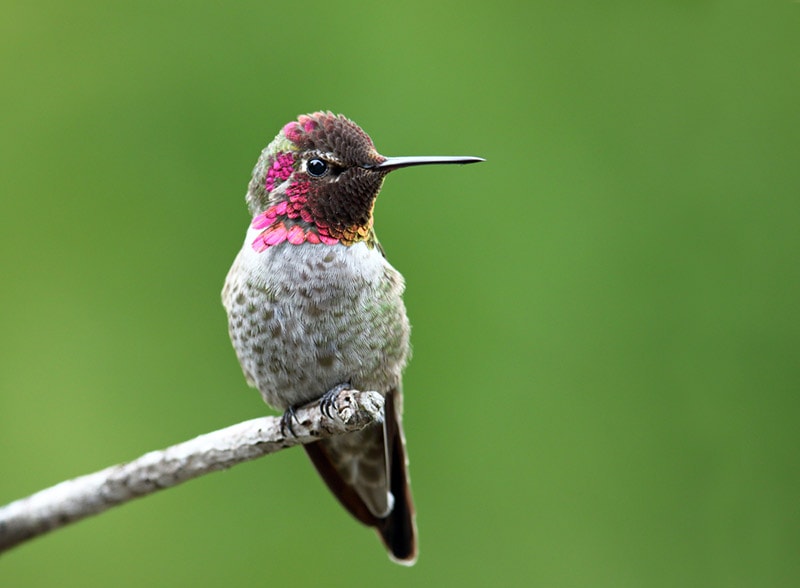
| Scientific Name: | Calypte anna |
| Size: | 3.9 inches |
| Weight: | 0.1 to 0.2 ounces |
| Wingspan: | 4.7 inches |
Last but not least, Anna’s Hummingbird is another rare species in Iowa that is primarily seen in Western US. While some birds prefer staying there all year, others winter in Mexico in the non-breeding season. You may spot these birds visiting feeders during the summer.
Anna’s Hummingbirds are confident and curious birds that don’t shy away from humans. They snatch insects, eat from the feeders, and feed on tubular flowers. The best way to spot them is to search for greenish-gray birds with iridescent feathers and reddish-pink heads.
The males tend to hover up to 130 feet in the breeding season. To lure females, they move their tail feathers to make a buzzing sound. If you successfully find an Anna Hummingbird, consider yourself one of the luckiest people alive.

Tips for Attracting Hummingbirds to Your Backyard
You can attract five types of hummingbirds in Iowa. While Ruby-throated and Rufous Hummingbirds are common in the state, the Broad-Billed, Mexican Violetear, and Anna’s Hummingbirds are rare.
You can do multiple things to attract these hummingbird species to your backyard. Here are a few:
1. Install Feeders

The ideal way to invite hummingbirds to your backyard is by installing nectar feeders. These birds love to eat and are always looking for flowers’ nectar to feed. It’s believed that hummingbirds love red, so try finding a feeder in the same color.
You should also find a feeder that can be quickly assembled. That’s because you will have to clean and refill the feeders twice or thrice a week in summer, so it will save some time.
Saucer feeders are the best choice for hummingbirds, but you can also try differently-shaped ones. Whatever feeder you choose, make sure it is easy to clean and holds great amounts of nectar and food.
2. Add Insects to the Feeders
Hummingbirds like to eat many things other than the sweet nectar of flowers. To add protein to their diet, you can try adding small insects to the bird feeders to add protein to their diet. They could be fruit flies, mosquitoes, gnats, and spiders.
Remember, never use pesticides in your backyard, or hummingbirds won’t even come close to the insects. Just collect the insects crawling in your yard and put them in the feeders.
3. Provide Water

Hummingbirds require water to drink and bathe to cool off in summer. They can easily find conventional bird baths, but they can be too deep for hummingbirds’ small size. So, you can install bird baths considering these birds’ size.
4. Prepare Nectar for Hummingbirds at Home
Readymade nectars can sometimes contain artificial, dangerous additives and dyes. You can prevent using them by preparing your nectar at home. The process is easy, and you’ll be done in just a few minutes.
Just add 1 cup of white sugar to 4 cups of water. Boil the solution to prepare natural nectar.
5. Plant Flowers
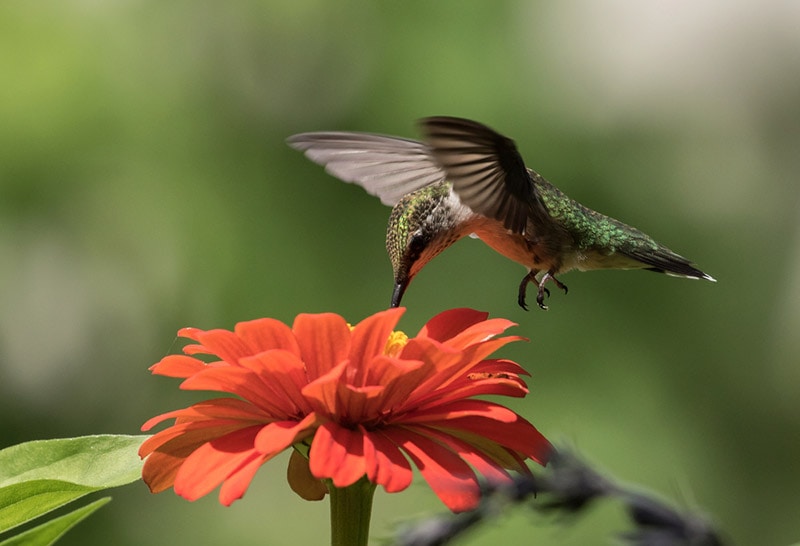
Hummingbirds love the nectar of certain flowers, so planting them in your backyard will lure in passing birds. They love red, orange, purple, and pink flowers with tubular-shaped blossoms.
You can also plant vertical flowers in your backyard to maximize the space and make it look beautiful. Try attaching a flat trellis to your home’s side to support the long vines. It won’t only make your yard attractive but it will also invite hummingbirds.

Conclusion
Hummingbirds are a beautiful sight in Iowa. You’re more likely to spot the Ruby-throated and red-colored Rufous Hummingbirds in the state. But if luck is in your favor, you may also find gorgeous Broad-Billed, Mexican Violetear, and Anna’s Hummingbirds in your nearest garden.
Remember the distinctive features of every hummingbird species to spot them right away. Look for your favorite hummingbird species at the right time of the year and carry your binoculars. These birds are just a few inches long and can be hard to spot!
Featured Image Credit: BlenderTimer, Pixabay
About the Author Jeff Weishaupt
Jeff is a tech professional by day, writer, and amateur photographer by night. He's had the privilege of leading software teams for startups to the Fortune 100 over the past two decades. He currently works in the data privacy space. Jeff's amateur photography interests started in 2008 when he got his first DSLR camera, the Canon Rebel. Since then, he's taken tens of thousands of photos. His favorite handheld camera these days is his Google Pixel 6 XL. He loves taking photos of nature and his kids. In 2016, he bought his first drone, the Mavic Pro. Taking photos from the air is an amazing perspective, and he loves to take his drone while traveling.
Related Articles:
Monocular vs Telescope: Differences Explained (With Pictures)
10 Types of Hummingbirds in Arkansas (With Pictures)
8 Types of Hummingbirds in Nebraska (With Pictures)
5 Types of Hummingbirds in Idaho (With Pictures)
3 Types of Hummingbirds in Mississippi (With Pictures)
8 Types of Hummingbirds in Kansas (With Pictures)
5 Types of Hummingbirds in West Virginia (With Pictures)
5 Types of Hummingbirds in Ohio (With Pictures)
